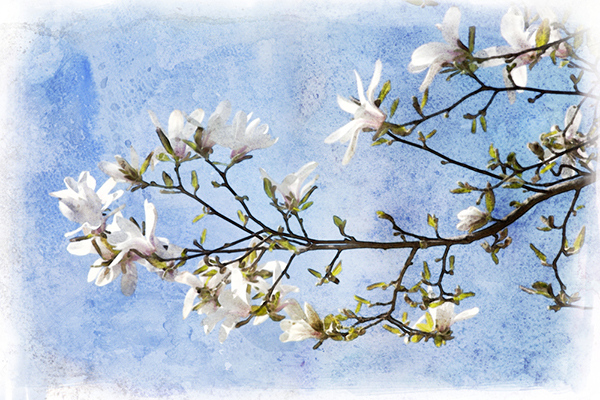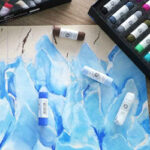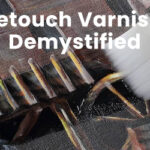Watercolor Painting Terms You Should Know
A Quick Guide to 10 Watercolor Painting Terms and Techniques

Here at Jerry’s, our experts are here when it comes to teaching you more about art, techniques and supplies.
So, in the spirit of keeping things simple, here are a list of terms for beginner watercolor painters to learn more about the techniques every watercolor painter should know:
Wash– A large body of the paper that is covered in water or pigment to create an even background color or effect.

Flat Wash- A wash that is one solid color that takes up the entire page.
Variegated Wash – A variegated watercolor wash is a technique in watercolor painting where multiple colors are blended together in a gradient or mottled effect. It adds visual interest and depth to your artwork.
Graded Wash– A wash that gets lighter with every stroke, as the painting progresses, each stroke becomes lighter than the last.

Backlighting– Washing the background with lighter colors so the source of light is behind the subject.

Masking- The process of using a liquid latex to protect a part of your painting so that you can paint over it without disturbing or affecting the paint below. Also known as masking fluid or masking technique, is a method used in watercolor painting to preserve areas of the paper from being painted over.
It involves applying a liquid masking fluid (watercolor mediums) to specific areas of the painting before applying paint

Mud- Occurs when a still wet wash is met with more paint before it has had time to dry forming a rough, dull looking area.
Pre-Wet- When you wet the paper with clear water before you paint so that that the water will take the paint from the tip of the brush instead of having to fully lay down the paint. Pre-wetting watercolor paper refers to the process of moistening the paper surface with water before applying watercolor paint. helps with Improved Paint Flow, Softened Edges & Longer Workable Time.
Broken Edge- a technique where the side of a brush is speedily dragged over the surface of the paper to leave a broken edge of painted and unpainted areas of a wash. An area where the paint application is deliberately interrupted or varied. Often used to suggest texture, depth, or to create a sense of visual interest in a painting.
Alcohol Texture– Alcohol and water don’t mix so when alcohol is sprinkled into watercolor paint, it forms a unique texture.
Splattering- An easy technique to spread out and “splatter” drops of paint over your watercolor paper. The effect is achieved by putting paint on your brush and then pulling the bristles back with your thumb so that when released the bristles catapult the paint onto the paper.
Want to know what watercolor brush shapes there are and what they do? Read our article on the The Best Watercolor Brushes
More Resources





